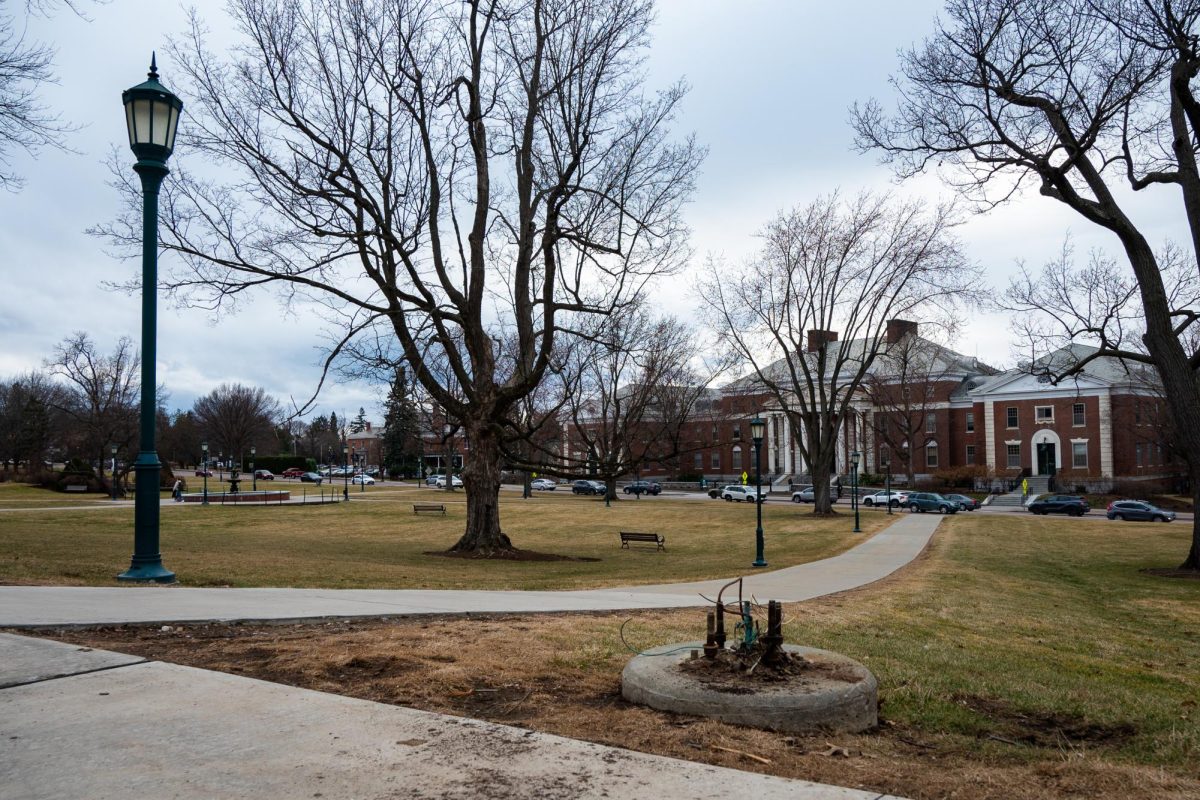David Neumark spoke to UVM faculty and students last week about the effects of Wal-Mart on a local labor market. The speech was geared towards economics majors, yet it was open, applicable and accessible to everyone. The speech focused on Neumark’s research of Wal-Mart, which incorporated data sets through 1995 to the present. Wal-Mart is the world’s largest corporation with revenues in 2005 of $285 billion, and its 3600 stores give jobs to 1.2 million workers. The total work force of Wal-Mart stores is greater than the number of high school and middle school teachers in America combined. Wal-Mart controls 19% of grocer market shares in America, and 16% of pharmaceutical market shares. One of the most awe-inspiring traits of Wal-Mart stores, according to Neumark, is their success rate. While the average business fails an average of 75-80 percent of the time, Wal-Mart’s closing patterns are far lower. Similar to the success rate of McDonald’s restaurants – they almost never close. Of 3100 Wal-Mart stores opened in America, only 51 have failed. Neumark’s research did not focused on the aggregate effects of Wal-Mart. But instead on whether the opening of a Wal-Mart creates or eliminates jobs in the retail sector of local markets. He also investigated if the earnings of the local retail sector are disrupted by the opening of a new Wal-Mart. Neumark said of the goal of his research, that “a lot of people ask whether Wal-Mart is ‘good’ or ‘bad.’ There are so many dimensions to that problem that I just don’t know how to answer it.” Instead of creating moralistic claims, the focus of Neumark’s research developed a model to gauge the changes in retail employment and earnings when a Wal-Mart opened in a town. Wal-Mart’s were found to influence an average net decrease of 180 workers in the retail sector of a town, and an average 3% decline in retail earnings of the sector. That 3% decrease, spread over the retail sector, does not mean big cuts in individuals’ wages. Neumark explained the interesting expansion of Wal-Marts throughout the country, from its birth in Benton County, Arkansas. During its early stages in the later 1960’s and early 70’s, the success of Wal-Mart depended largely on word of mouth. Wal-Mart’s would open in counties close to already existing Wal-Mart’s, with a general population that had already heard the benefits of Wal-Mart from their neighbors. This advertising technique was one of the many cost-efficient policies of Sam Walton, founder of Wal-Mart. Among others were the smaller packages of deodorant, and stores being built within a day’s drive of distribution centers, which allowed Wal-Mart to become the biggest retailer in Mexico as well as America. Though Wal-Mart controls a portion of the retail sector in America, Neumark explained that Wal-Mart has not tried to raise its prices in the absence of a competitor. “They not only have to worry about an existing competitor, but a potential competitor as well.”
Categories:
Wal-Mart overruns local markets
May 2, 2006
0
More to Discover







